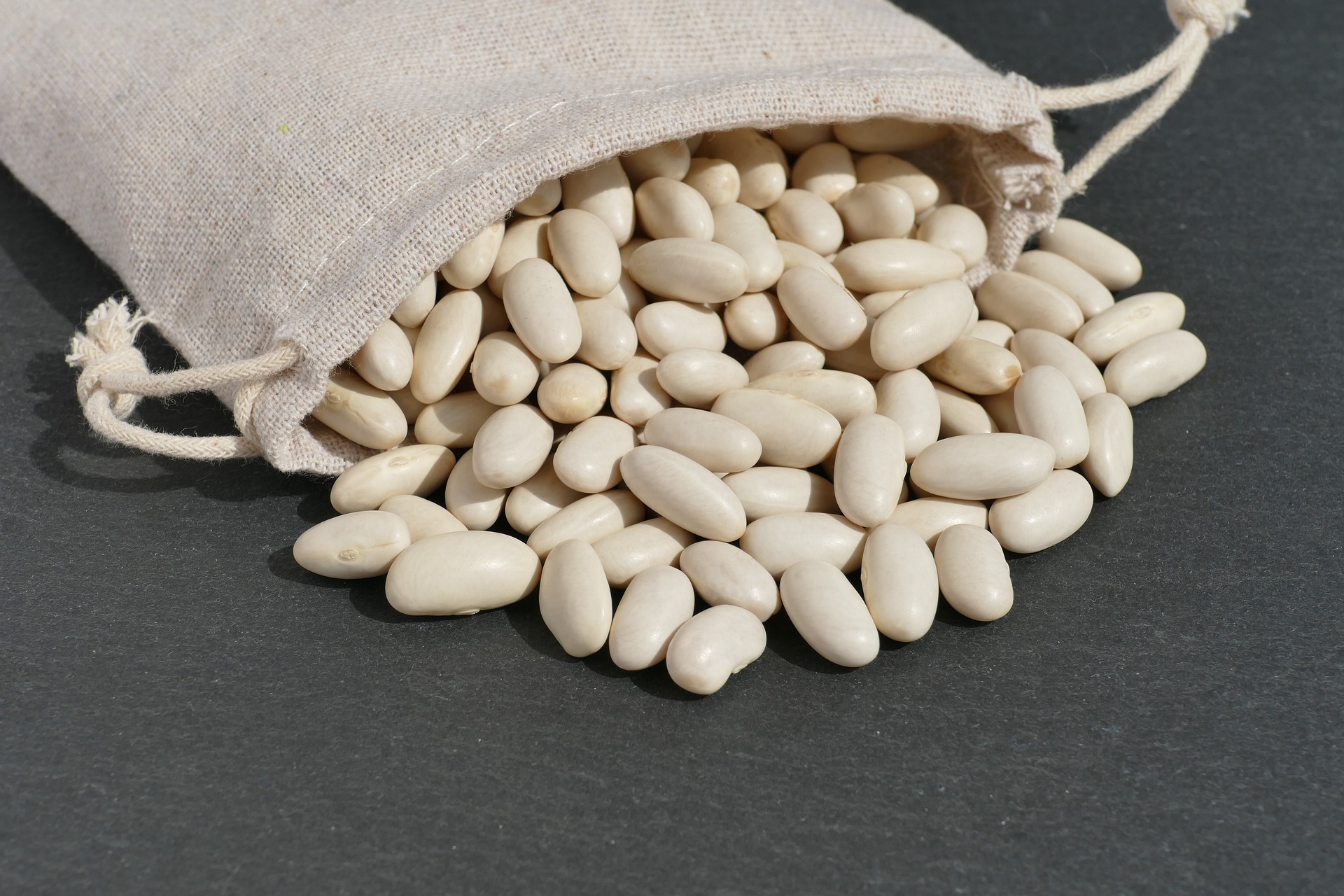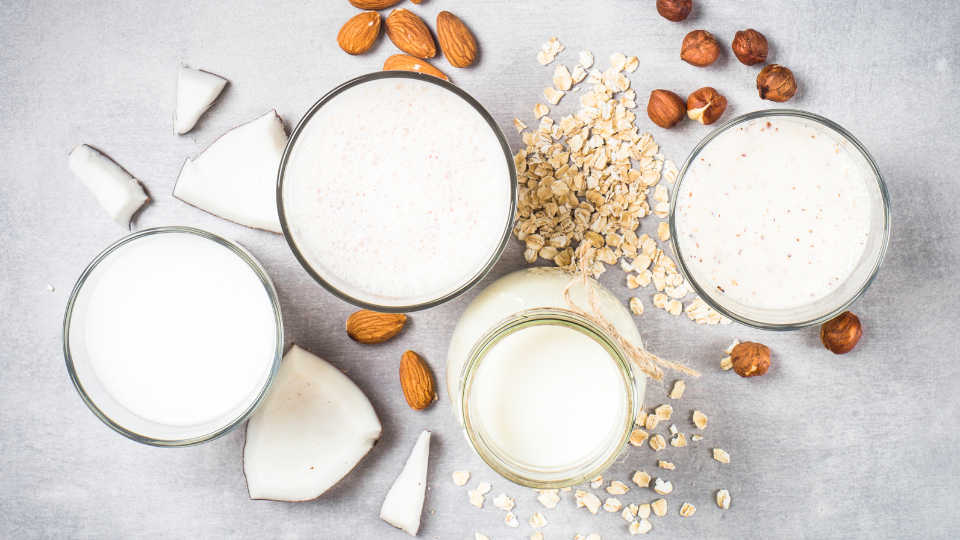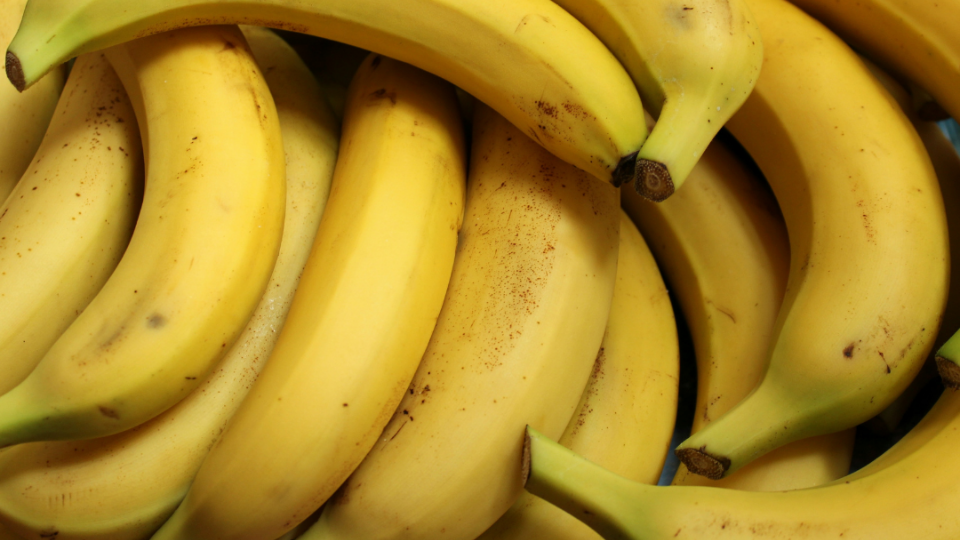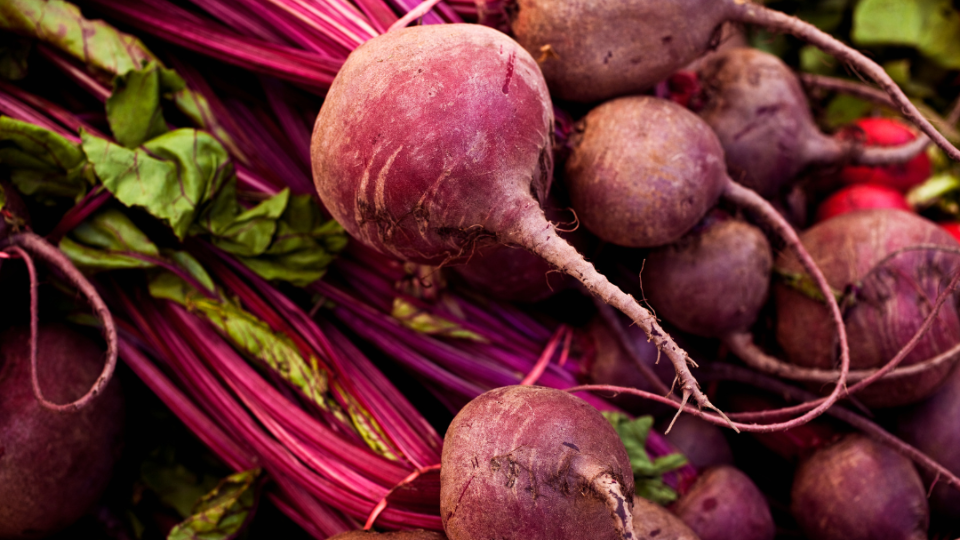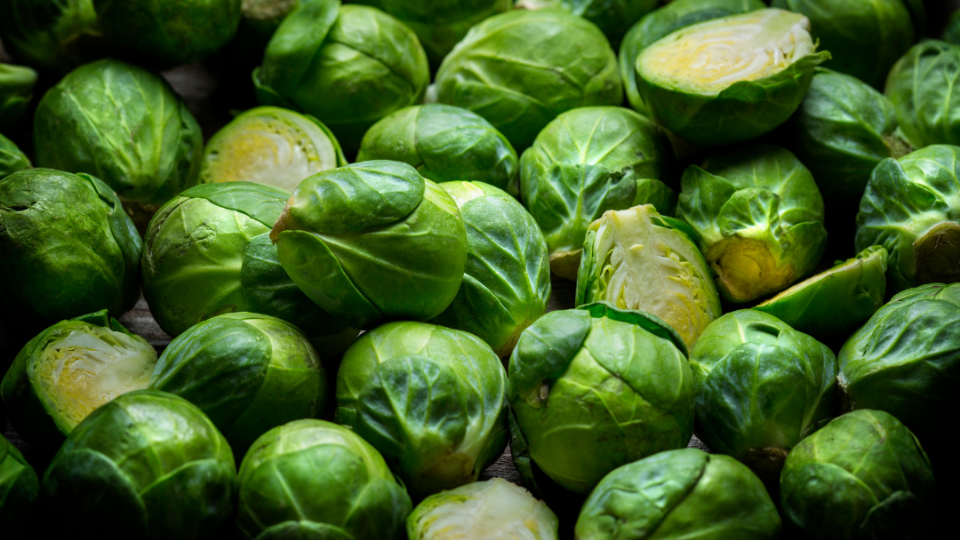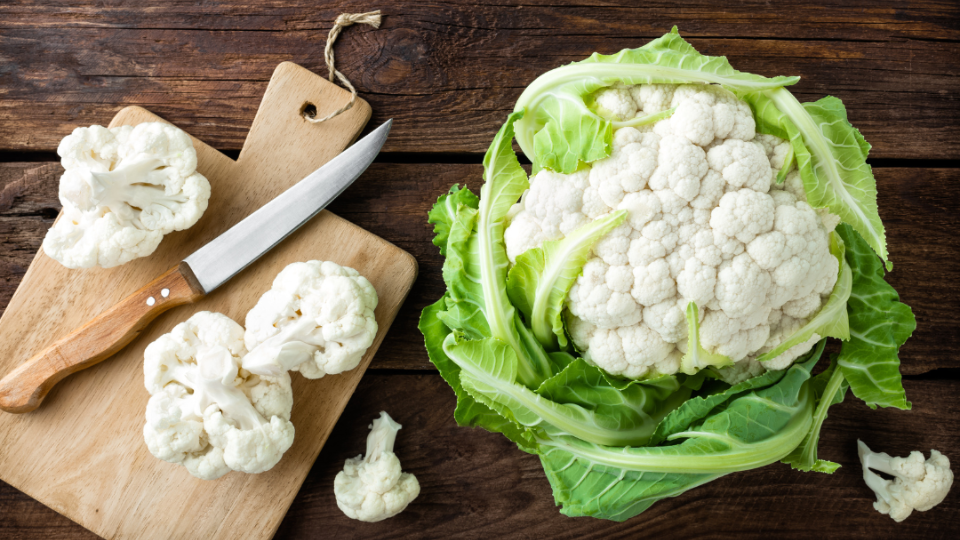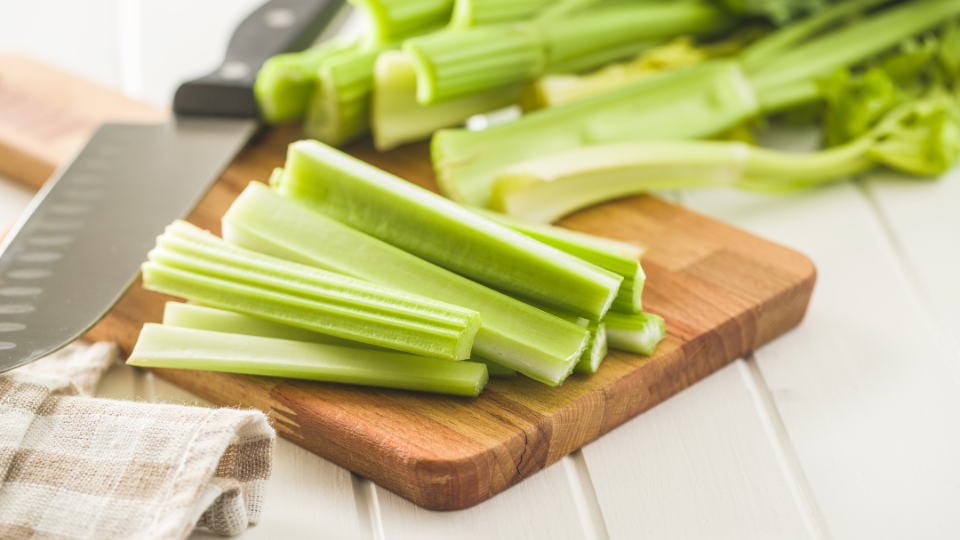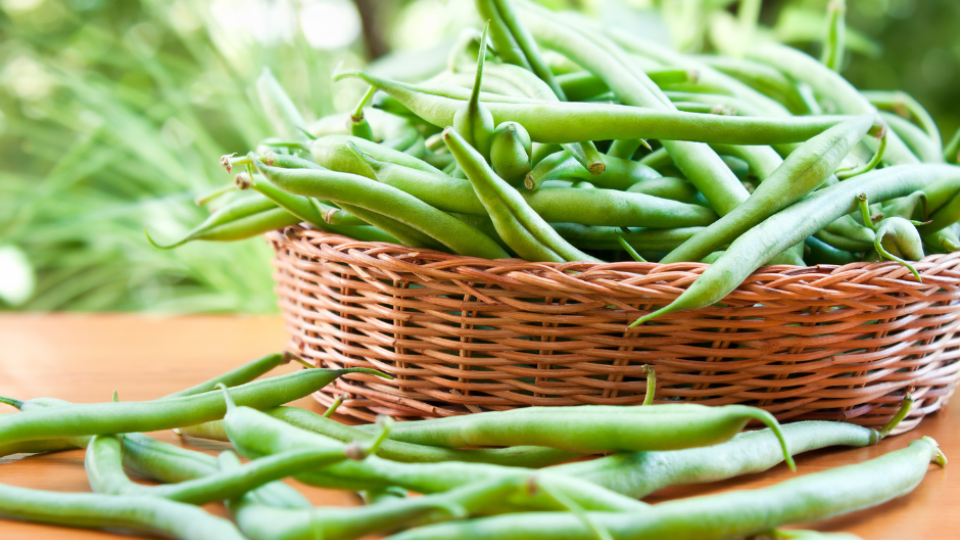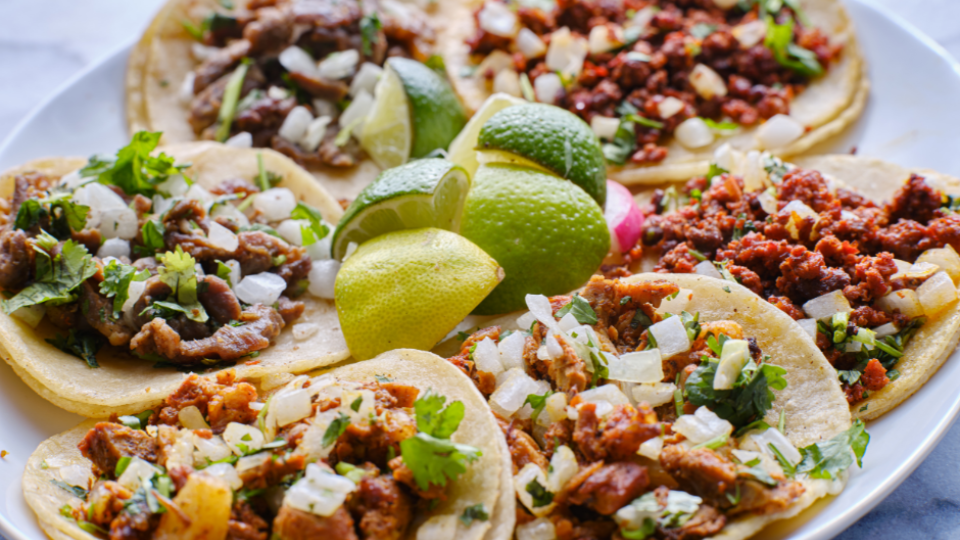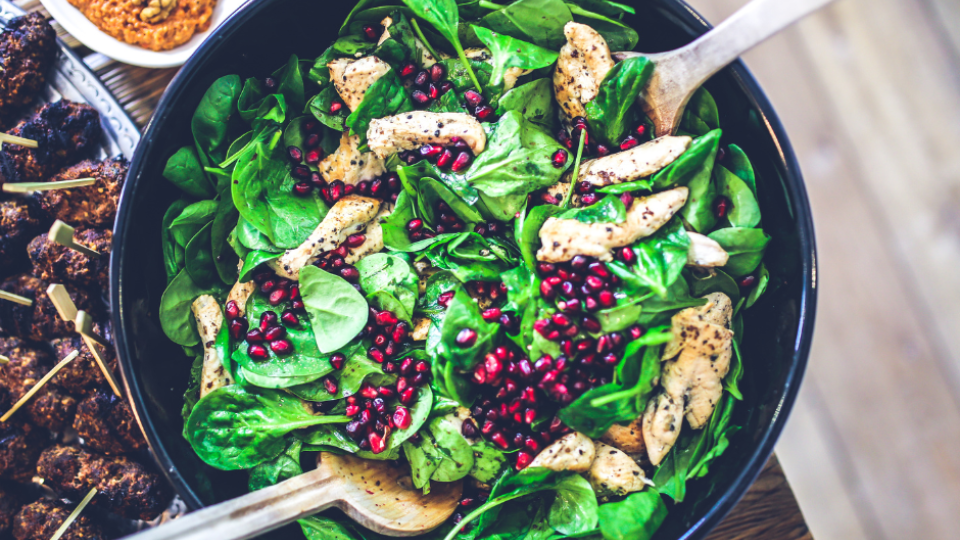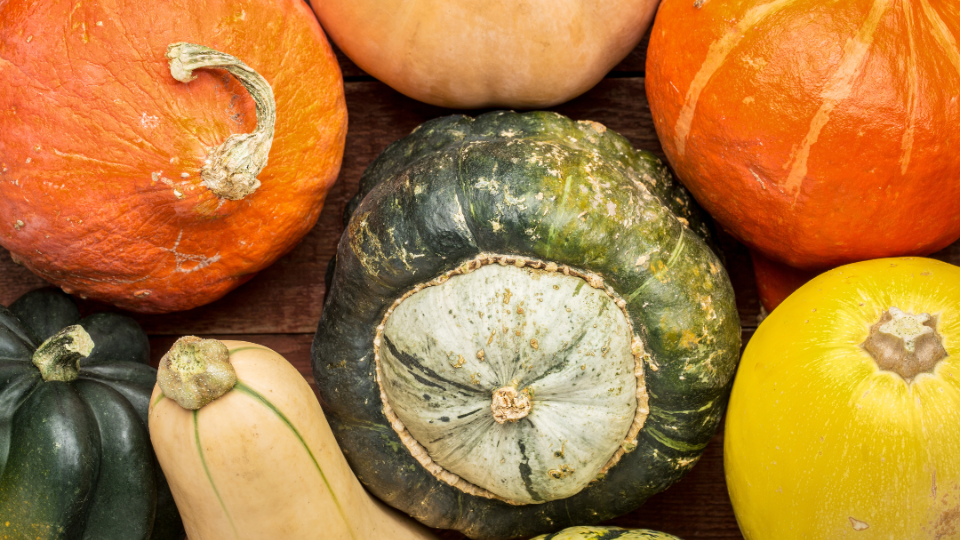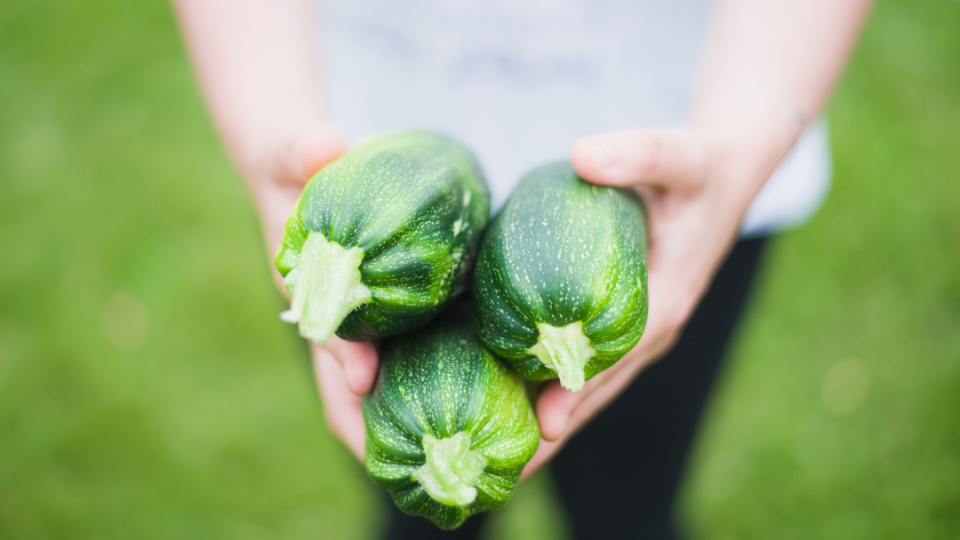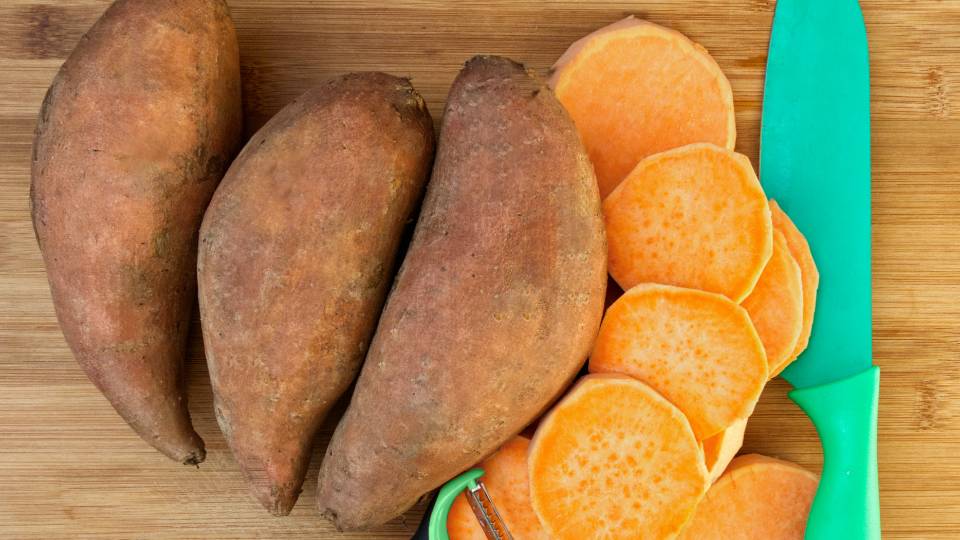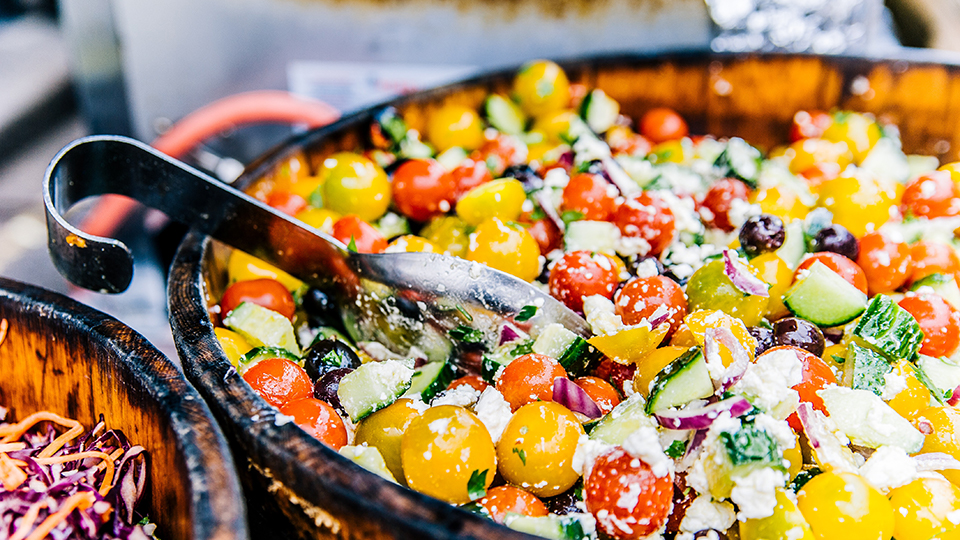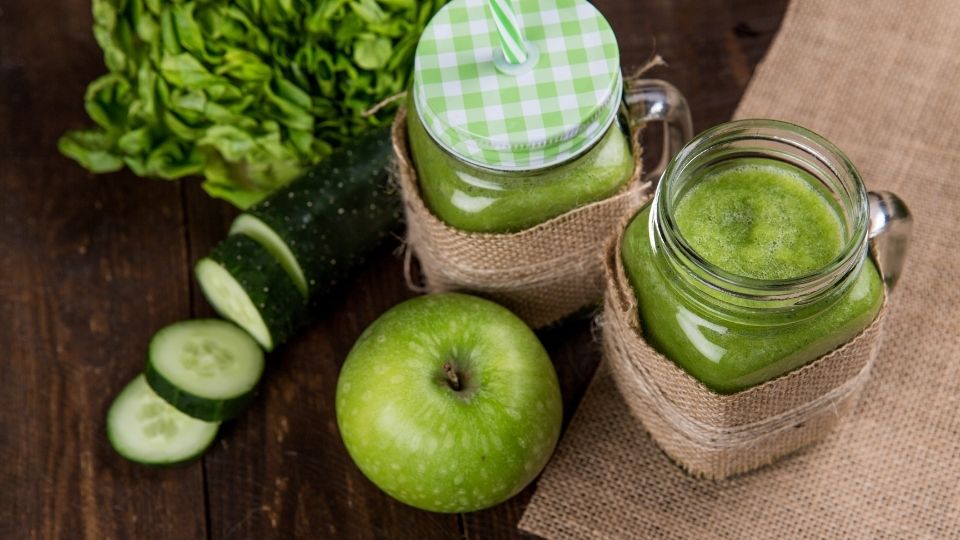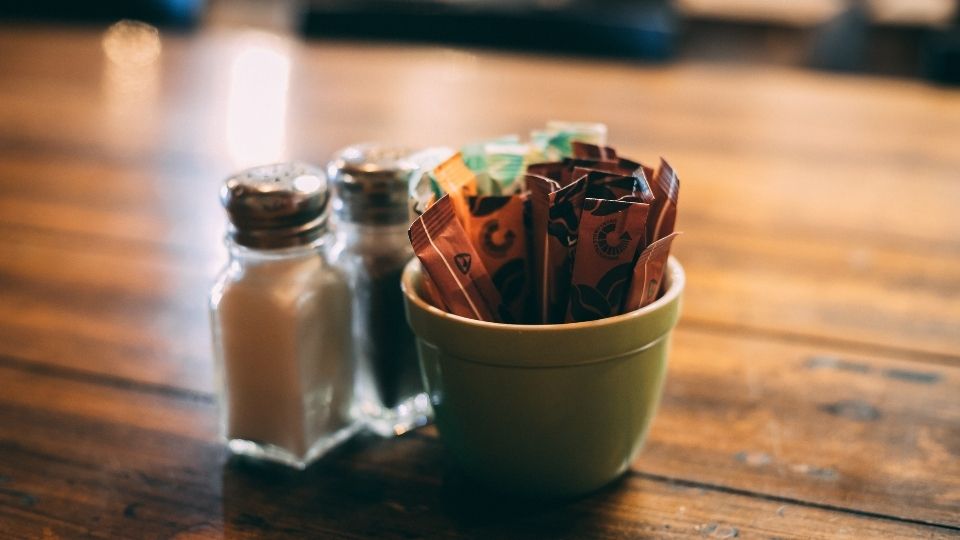Killer Kidney Beans
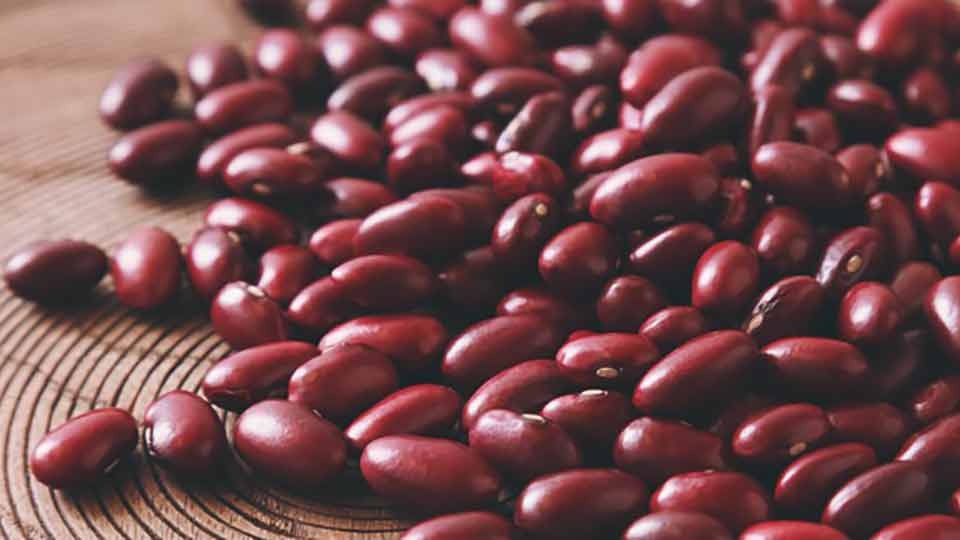
Slow-cookers provide a convenient way for busy families to sit down to a home-cooked meal. But how do you know the food you’re making is safe? Most people understand that meats need to reach a specific temperature to eliminate the risk of food-related illness. Vegetables and grains are often cooked just long enough to reach a desirable texture. But before you start that pot of chili, read on for some important (and potentially life-saving) information.
There are thousands of varieties of Phaseolus vulgaris, the common bean (http:/seedsavers.org). Many types of the common bean are consumed worldwide, either fresh or dried. Some of the more familiar dried types include red kidney beans, pinto beans, black beans, and Navy beans. While dry beans are a good and inexpensive source of fiber and protein, they also contain some “antinutrients,” or natural substances that can be harmful to our health. Most of these antinutrients are not of great concern – they are present at such low levels that the health risk is small compared to the nutritional benefits, or they can easily be destroyed by cooking.
One antinutrient present in beans that deserves special attention is phytohaemagglutinin (PHA). PHA is a special protein than binds sugars, and it is an important component in a plant's defense system. But in mammals this protein can bind to intestinal walls, causing nausea, vomiting, cramping, and diarrhea. Even a small amount of PHA can have a negative effect on health. You may not consume enough to become noticeably sick, but continued exposure can result in poor growth, malnutrition, or liver damage.
PHA is present in many types of dry beans. For beans that are commonly available in the U.S., the highest levels are found in dark red kidney beans and black (turtle) beans. Research has shown that the amount of PHA is negligible in other types of dry beans that are regularly consumed in the U.S. PHA is very heat stable, and acid (such as tomatoes) increases this stability. This makes proper cooking of red kidney beans very important.
Guidelines for Kidney Bean Safety
Dry kidney beans
Dry beans can contain high enough levels of PHA to cause severe illness. Dry kidney beans can be safely cooked on the stove top or in the oven. However, slow cookers and microwaves require additional steps for safety.
Cooking Methods
Stove top and oven-baked
Stove top and oven-baked recipes reach a high enough temperature for a long enough time that dry beans can be added directly with other ingredients (no initial boiling step is necessary). This includes baked goods using bean flour made from ground dry beans.
- For best results, quick soak dry beans before using them. Boil beans uncovered for 2 minutes, remove from heat, cover, and soak for 1 hour. Drain off the soaking water before adding beans to other ingredients. This helps keep bean skins from splitting open when they're cooking.
Slow-cookers
Solw-cookers may not reach a high enough temperature to completely cook dry beans. To make sure beans are thoroughly cooked:
- Boil dry beans on the stove-top for 10 minutes. This will destroy PHA. Drain and rinse beans and cook according to your recipe.
- A modified soaking method can be used to help keep bean skins from splitting open. Boil beans uncovered for 2 minutes, remove from heat, cover, and soak for 1 hour. Drain off the soaking water, add enough fresh water to cover the beans, and boil uncovered for an additional 5 minutes. Drain off the cooking water then add cooked beans to the slow-cooker with other ingredients.
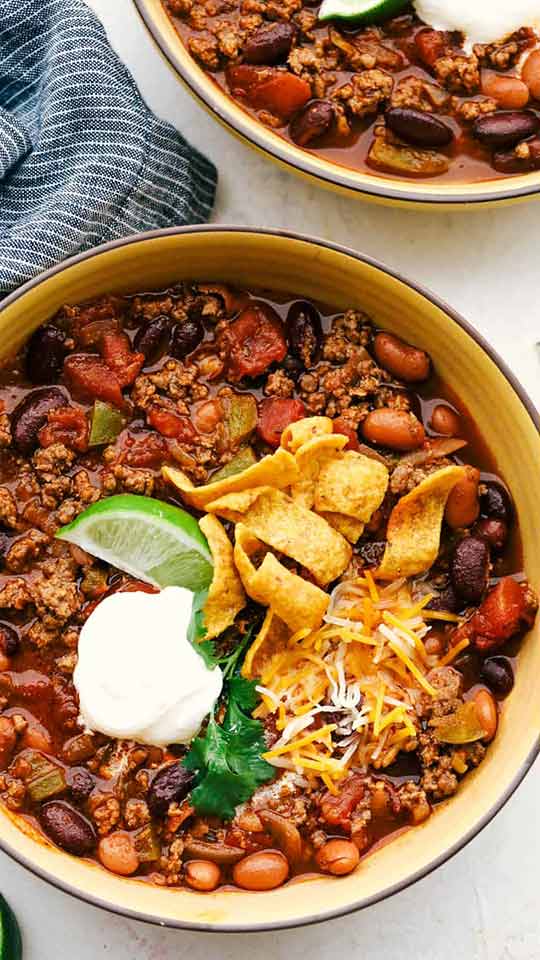
Microwaves
Microwaves do not heat food evenly. This can cause parts of each bean to be undercooked even if the rest is overcooked. Because of this, microwave cooking is not recommended. If you choose to use a microwave, to make sure beans are thoroughly cooked:
- Boil dry beans on the stove-top for 10 minutes, drain and rinse. Continue simmering on the stove-top (or soaking) until beans are soft all the way through. Discard cooking water, then add cooked beans to other ingredients and microwave.
- The modified soaking method above for slow-cookers can also be used for microwave recipes.
Other tips for cooking with dry beans:
- Rinse beans in cool running water before cooking. This removes dust and dirt from the outer coats, and makes it easier to spot contaminants like pebbles.
- Acids, including tomatoes, prevent dry beans from absorbing water efficiently. For best results, boil or quick soak dry beans before adding acidic ingredients.
- Adding salt to the boiling or soaking water is beneficial. Discard the salted water before adding the beans to your recipe to reduce the amount of sodium.
- Salt speeds up water absorption so beans are more evenly softened. This helps eliminate beans that are gummy on the outside and undercooked on the inside.
- Salt helps remove raffinose and stacchyose the sugars present in beans that are responsible for their less desirable side effects. Commercially canned kidney beansCanned beans are processed at high temperature and pressure, so most of the PHA is destroyed. They are safe to use in any recipe, even those using a slow-cooker or microwave, and can be added at the same time as other ingredients (including tomatoes).
References
- Bender, A. E. (1983). Haemagglutinins (Lectins) in beans. Food Chemistry, 11, 309-320.
- Kumar, S., Verma, A. K., Das, M., Jain, S. K., Dwivedi, P. D. (2013). Clinical complications of kidney bean (Phaseolus vulgaris L.) consumption. Nutrition, 29, 821-827.
- Shi, J., Xue, S.J., Kakuda, Y., Ilic, S., Kim, D. (2007). Isolation and characterization of lectins from kidney beans (Phaseolus vulgaris). Process Biochemistry, 42, 1436-1442.
- Shimelis, E. A., and Rakshit, S. K. (2007). Effect of processing on antinutrients and in vitro protein digestibility of kidney bean (Phaseolus vulgaris L.) varieties grown in East Africa. Food Chemistry, 103, 161-172.
- Varriano-Marston, E., and De Omana, E. (1979). Effects of sodium salt solutions on the chemical composition and morphology of black beans (Phaseolus vulgaris). Journal of Food Science, 44(2), 531-536.
Authors
Karin Allen, Ph.D., Food Quality & Entrepreneurship Specialist; Debra Proctor, USU Extension FCS Associate Professor
Related Nutrition Articles





